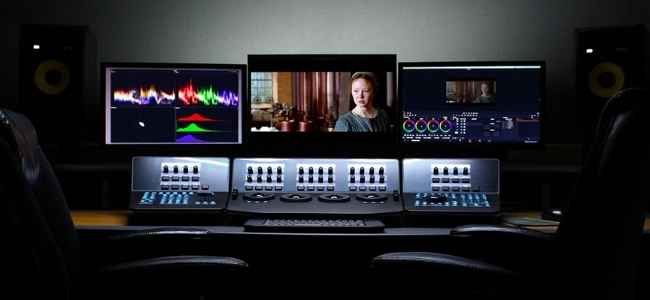The three stages of filmmaking are pre-production, production, and post-production. The post-production phase starts after the filming and shooting are complete, and the editing of the sound and visual components of the film begins.
Video post production includes cutting of raw footage, adding, and tweaking music, VFX etc. It is a highly collaborative phase in which experts from different fields get together to work and makes the final version of the film.
If you are interested in an entertainment career, look up some interesting courses offered on post-production in Montreal.
Read on to know about the most important stages in post-production.
1. Editing Software: Choosing the best editing software for the movie is the most crucial step. The creative editor needs to choose the right editing software after analyzing their needs and considering the format in which the original movie was shot.
2. Film Editor: Deciding who to select as the creative film editor is one of the greatest decisions to make post-production. It is the editor’s creativity that makes the storyline engaging and effortless. The editor comes up with an ‘Edit Decision List (EDL)’. They go through all the scripts and scenes of the film, and after careful perusal, the editor decides on the sequencing of the shots to tell the story to the audience.
3. Sound Editor: Sound editing of a film happens after the visual editing is over. Sound editing is one of the most time-consuming and difficult post-production phases. The sound editor assembles the soundtracks and edits the unwanted noise, dialogue tracks etc. All in all, a sound editor elevates the experience of film-watching with excellent sound effects.
They also do the ADR or automated dialogue replacement. If some sounds were not captured accurately during the shoot, actors are requested to re-enact the scene during which their dialogues or other sounds get re-recorded.
4. Visual Effects: VFX comes next and involves a crew of creative artists who add visual effects to the movie. VFX is computer-generated imagery, also known as CGI, which is impossible to film. Some examples are animation movies, scenes of wars, natural disasters, and violence.
5. Lower third effect: The lower third effect is what we see in news broadcasts and documentaries. It involves adding some text into a shot, which is then placed at the lower third of the screen— for example, name of a person or/location/time etc. This effect is applied when a scene needs some contextual information for the viewer.
6. Color Editor
Colour correction is the last process in film production. It involves the adjustment and improvement of colours by using digital filters. Colour correction and gradation helps in achieving a balanced visual experience throughout the film. Colour corrections include fixing white balance, exposure, and the adjustment of light in every shot.
Enroll in a post-production course today to make a career in the exciting industry of entertainment.








